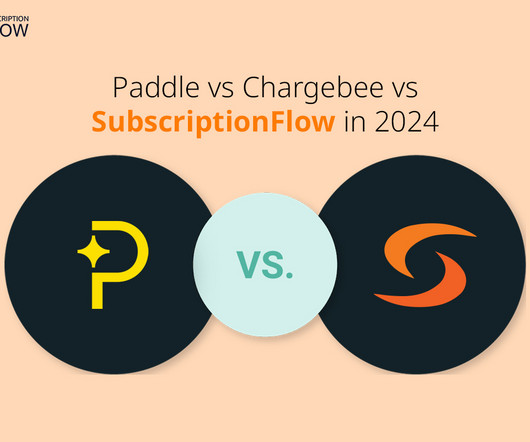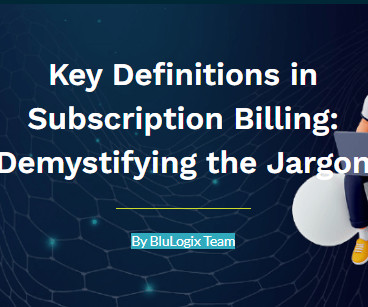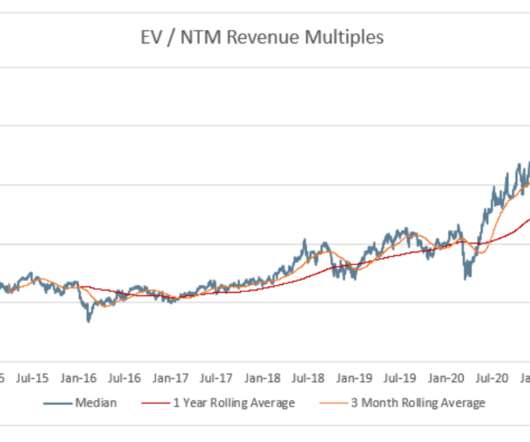Recurring Payments: Definition and Implementation Best Practices
Stax
FEBRUARY 26, 2024
The commerce landscape—whether it’s retail, services or software—is moving faster than ever. We can see this trend in action in the realm of payment processing with the advent of recurring payments, also known as automatic payments. Learn More What are Recurring Billing and Payments?














Let's personalize your content